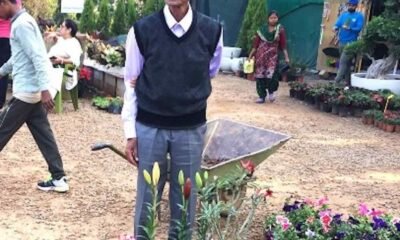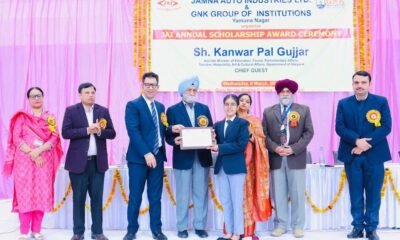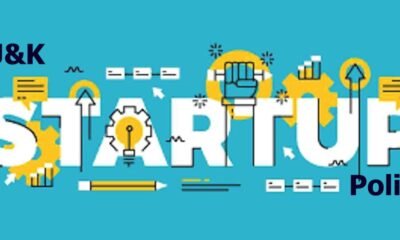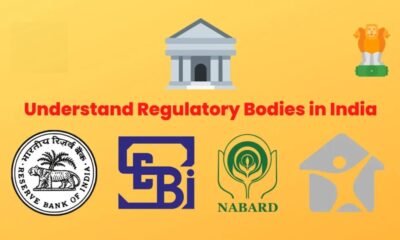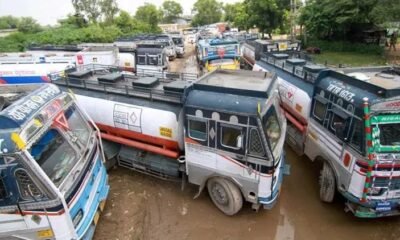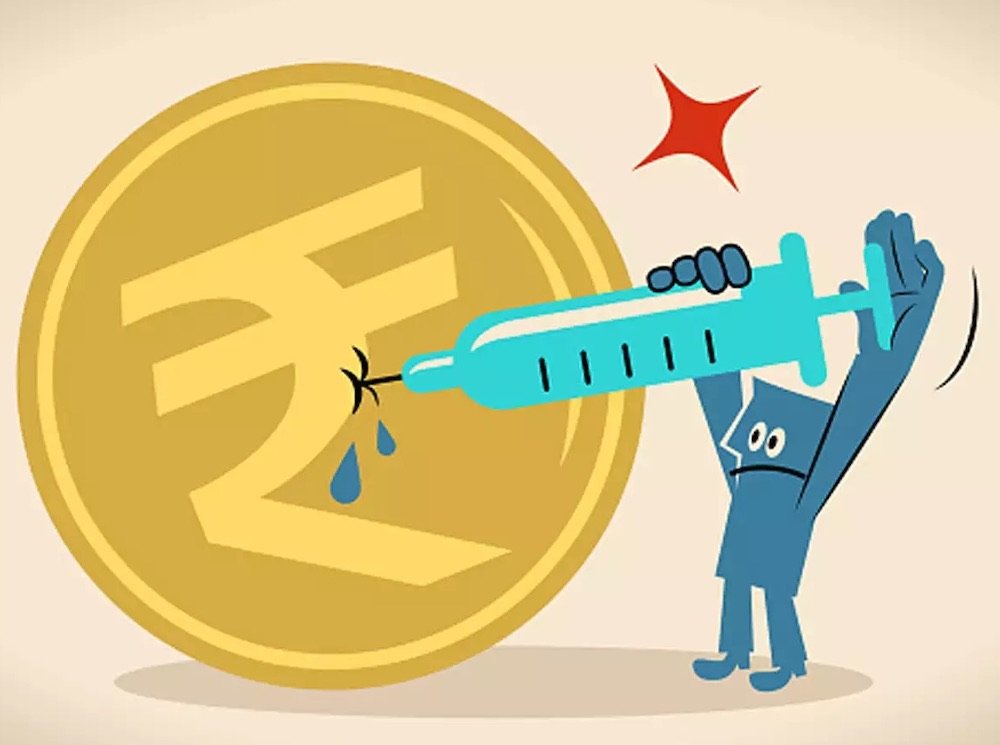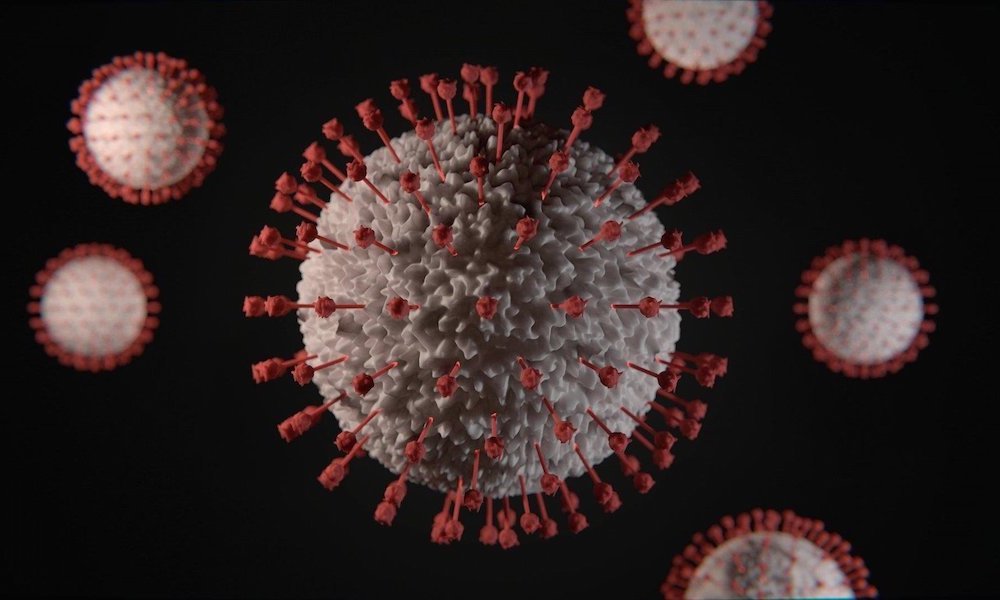Union Minister reviews National AYUSH Mission; 48 HWCs already functional
BK News
Srinagar, July 30: Union Minister for AYUSH, Shripad Yesso Naik, Thursday e-reviewed implementation of National AYUSH Mission and operationalization of AYUSH Health and Wellness Centers approved under Ayushman Bharat being established across the Country.
The meeting was attended by Ministers for AYUSH besides Additional Chief Secretaries and Administrative Secretaries of Health and AYUSH from various states and Union Territories, an official spokesperson said.
Financial Commissioner Health & Medical Education Atal Dulloo, along with Director ISM, Dr Mohan Singh and other officers represented J&K during the review meeting.
Atal Dulloo, while elaborating details about the Mission in J&K, informed that 94 AYUSH Health and wellness centres have been approved for the UT, of which, 45 Centres have been made operational while the remaining 49 centres are expected to be made operational soon. Besides, 100 more AYUSH HWCs have been proposed to be established during the current financial year which has been reflected in the Annual Action Plan under National AYUSH Mission for approval, he apprised further.
He also informed that four 50 bedded Integrated AYUSH Hospitals are being established at Kupwara, Kulgam, Kishtwar and Kathua while a proposal for the establishment of three more such hospitals at Samba, Anantnag and Bandipora have also been projected before the AYUSH Ministry for approval which has been agreed in Principle.
Financial Commissioner also informed that tendering process for the establishment of District Collection centre, Storage Godown and Drying shed of Medicinal plants in the premises of Institute of High Altitude of Medicinal Plants (IHAMP) at Bhaderwah Doda, has already been initiated. Besides, the establishment of other approved components like Model Nursery, Demonstration Plot and Seed Germplasm centre is being executed with the Technical support from SKUAST-Jammu.
Atal Dulloo further informed that more than seven lakh beneficiaries including frontline workers, Police and Paramilitary personnel, Administrative Offices, PRIs and general masses have been provided AYUSH immunity-boosting Medicines during the COVID-19 pandemic, as per the advisory of Ministry of AYUSH.
Financial Commissioner highlighted and discussed some vital issues regarding National AYUSH Mission and Health Wellness Centres in J&K with the Union Minister. He requested for considering resource pool to the UT of J&K on the analogy of erstwhile State of J&K based on the criteria of population, backwardness and performance which has not changed due to reorganization of J&K State to UT.
He informed that all the requisite formalities for starting the first batch in Government Unani Medical College established at Ganderbal have been fulfilled and requested for approval to start the batch of BUMS course from 2020. He also urged upon the Union Minister for sanctioning of the establishment of Government Homeopathic Medical College at Kathua for which government land measuring 58 Kanal has already been identified and the indent of the same has been placed with the revenue authorities.
Further, he requested the Union Minister for considering Homeopathy graduates in the bridge course under NHM so that they are also engaged as Mid-level Health Providers after completing the requisite training. He also proposed that District Program Management units under NAM may be approved for all the districts of J&K so that the NAM scheme is implemented in letter and spirit.
Union Minister assured the Financial Commissioner every assistance from his Ministry regarding effective implementation of this ambitious Mission. He appreciated the role of AYUSH doctors in tackling the COVID-19 pandemic in J&K and stressed for distribution of AYUSH immunity-boosting Medicines to frontline workers besides making people aware regarding preventive measures during COVID-19 Pandemic through AYUSH interventions.
Union Minister stressed on all the States and UTs to utilize the funds released under the scheme in a time-bound manner and submit the Physical and Financial reports along with Utilization Certificates to the Ministry of AYUSH at an earliest so that further instalments are released in time. He asked them to implement the scheme in true spirit so that the people are benefitted through AYUSH interventions and the objectives of the scheme that is disease management and holistic wellness is achieved as per AYUSH principles and practices.

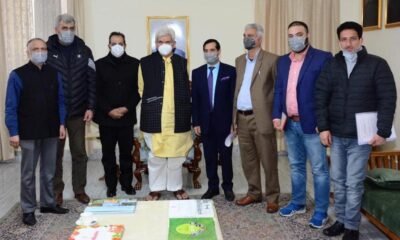

 Industry4 years ago
Industry4 years ago
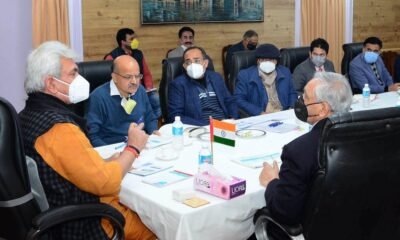

 Energy4 years ago
Energy4 years ago
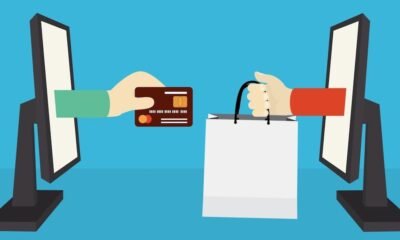

 Economy2 years ago
Economy2 years ago


 Infra4 years ago
Infra4 years ago
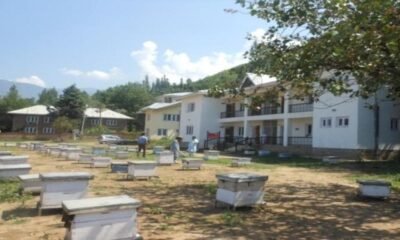

 AgriBiz4 years ago
AgriBiz4 years ago
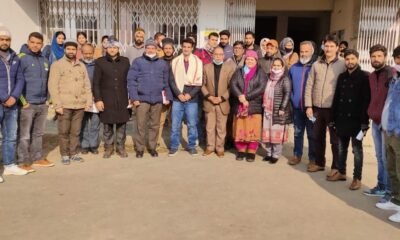

 Careers4 years ago
Careers4 years ago
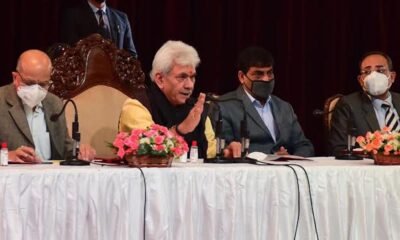

 Economy4 years ago
Economy4 years ago


 Industry4 years ago
Industry4 years ago


